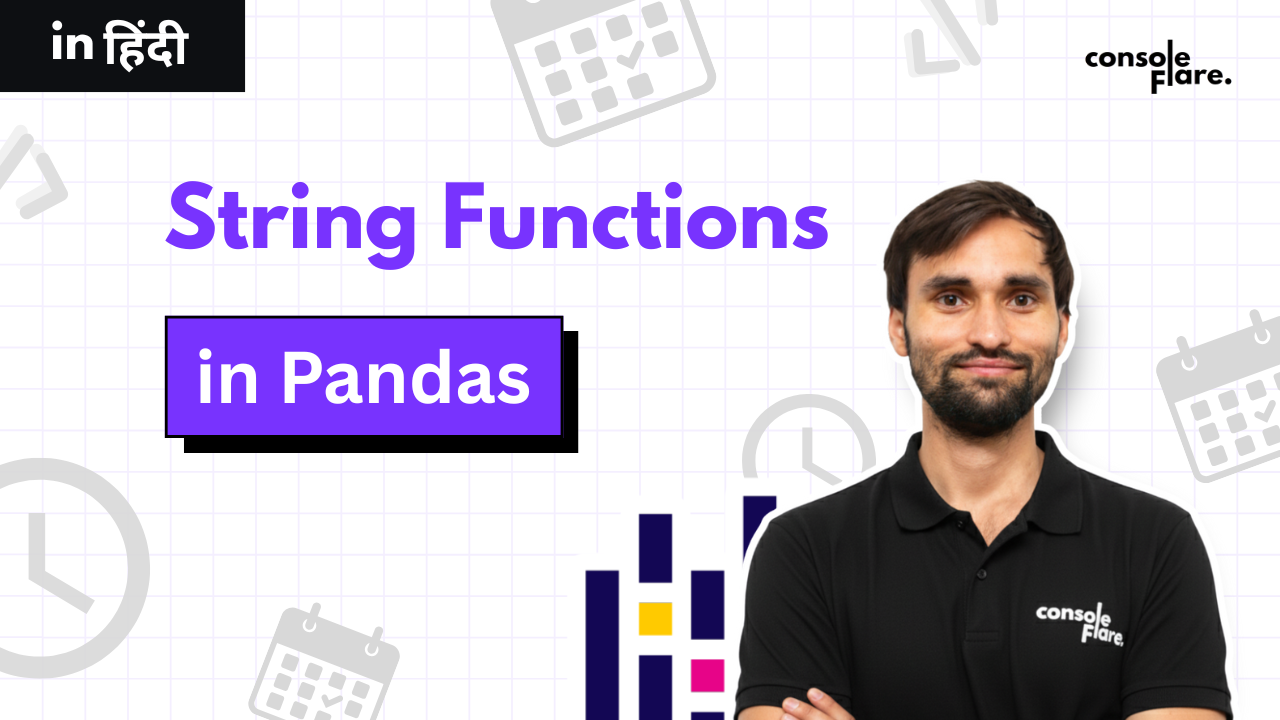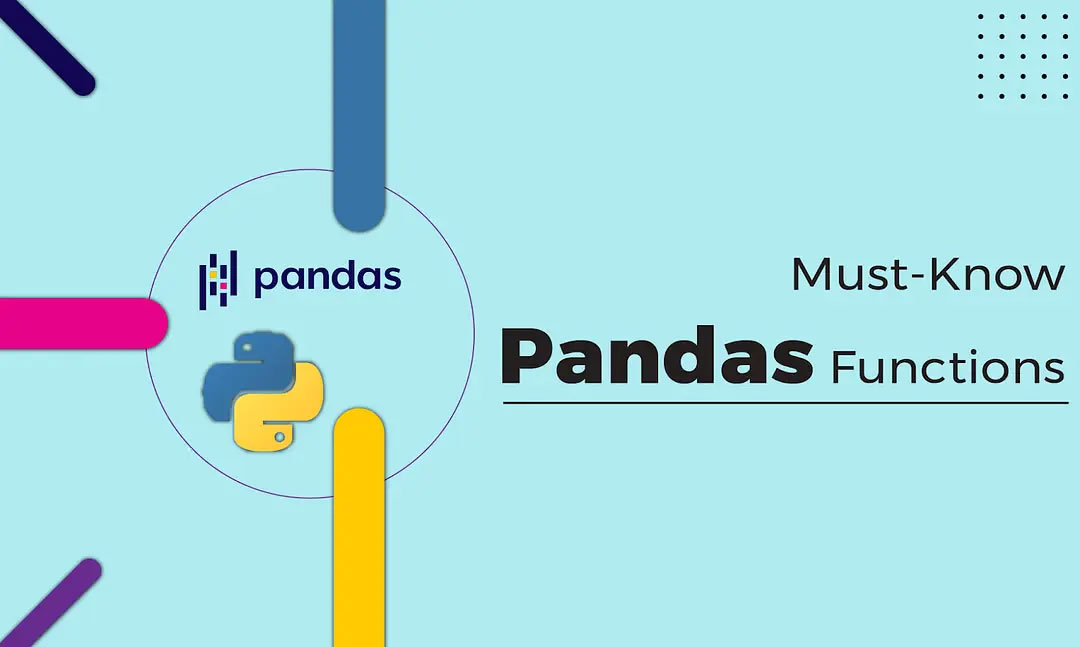Data Science Articles
Coding Interview Challenges for Technical Interviews
Coding interview challenges often decide whether you clear a technical interview. These tasks assess your…
How does Career Mentorship at ConsoleFlare Boost Job Prospects?
Discovering the perfect career can be overwhelming when you are just so lost on the next…
Who Should Take a Data Analysis Course in Noida?
If you plan to start a Data Analysis Course in Noida, you stand a strong…
Why Data Science Courses Are in High Demand Across Industries Today
Why Data Science Courses Are in High Demand Across Industries? The new oil is data,…
Top 7 Mistakes to Avoid When Joining a Data Science Course
Top 7 Mistakes to Avoid When Joining a Data Science Course Hi Everyone, thinking about…
What to Expect from Console Flare’s Placement Assistance Process?
Searching for a job after finishing a data analytics or data science course can seem…
Learn The Most Trending Data Science Technologies
Cryptocurrency Price Tracker Python – Real – Time Project
If you are learning Python and want to build a real‑world, practical project, then this Cryptocurrency Price…
Python Strings Explained for Beginners: Step‑by‑Step Tutorial
Have you ever texted someone, written your name in a game, or looked up a…
Set Mutations in Python Challenge on HackerRank
Set Mutations in Python Challenge on HackerRank Set Mutations in Python is a challenge on…
Data Cleaning in Pandas: A Complete Beginner Guide
Data Cleaning in Pandas helps you prepare raw data for real work. Your file may…
Pandas String Functions in Python: Full Guide With Examples
Text data is always messy. You get extra spaces, wrong cases, bad phone numbers, mixed…
Python Symmetric Difference HackerRank Challenge
If you are learning Python and practising coding challenges, this Python symmetric difference tutorial using…
Python set difference() Full Explanation with HackerRank Solution
Python set difference() Explained with Full Step-by-Step Solution Python set difference() allows you to compare…
Python Functions for Beginners: Complete Guide With Examples
Python functions make it easier to break up a big program into smaller, easier-to-manage parts.…
User Defined Functions in Pandas With Real Use Cases
User defined functions in pandas help you handle logic that built-in Pandas tools do not…
Deploying ML Models from Console Flare Courses to Production Environments
Deploying ML Models from Console Flare Courses to Production Environments Deploying ML models is the…
Why Data Science Courses Are in High Demand Across Industries Today
Why Data Science Courses Are in High Demand Across Industries? The new oil is data,…
Top 7 Mistakes to Avoid When Joining a Data Science Course
Top 7 Mistakes to Avoid When Joining a Data Science Course Hi Everyone, thinking about…
Practical Applications of Natural Language Processing in 2026
Natural language Processing (NLP) is integral to Artificial intelligence and machine learning. It helps computers…
Follow our LinkedIn Page.

















